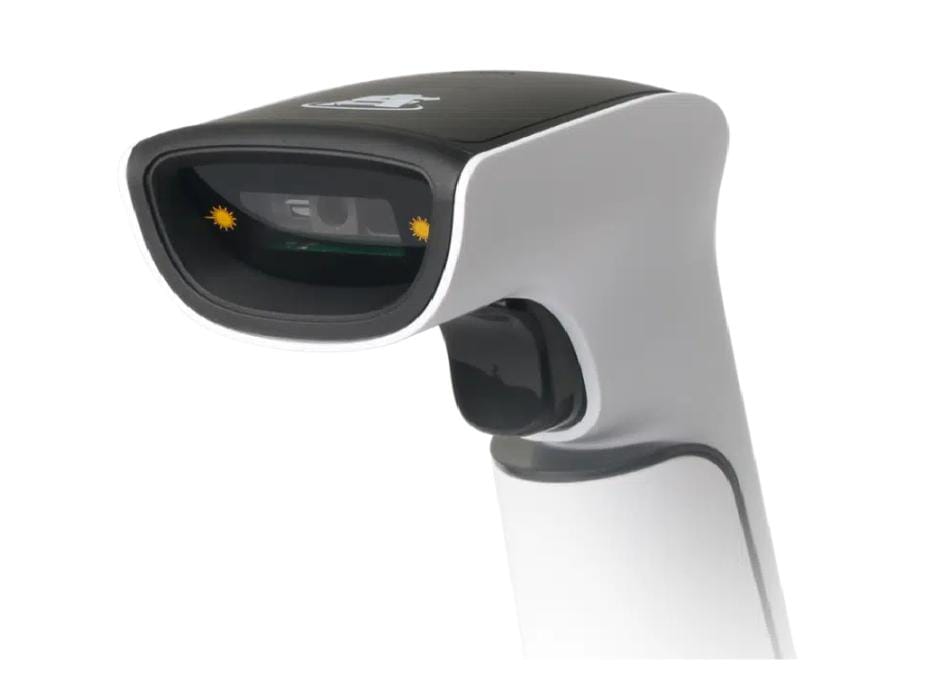Stepping into the intricate realm of healthcare, one quickly realizes the significance of precision and efficacy. In this diverse environment, an unlikely hero has emerged – barcodes. Initially greeted with doubt, today’s evolved barcoding technology stands undeniably pivotal to contemporary healthcare systems. No longer confined to inventory control, barcoding now dramatically enhances patient safety. This piece will journey through the development of barcode scanners made for healthcare businesses, focusing on current uses and future prospects, underscoring its invaluable role in optimizing patient outcomes and operational proficiency.
The Odyssey of Barcoding in Healthcare
The inception of barcodes in healthcare systems dates back to the late 20th century. They primarily functioned to manage inventory, their ability to store and deliver information swiftly and accurately served as a synergistic match for health facilities grappling with expansive stocks of medicines and medical supplies. As the years ticked away, barcodes experienced evolution, resulting in sophisticated 2D barcodes like QR codes, which can house more data than their traditional counterparts. In today’s healthcare scene, barcodes are not just purveyors of logistics, but they’ve seeped into clinical scenarios, ensuring accurate medication administration at apt timings.
Improving the Precision of Medication Administration
In healthcare, a barcode’s paramount application lies in administering medications. Medication delivery errors can trigger severe patient safety incidents, but barcodes swoop in as a sturdy safeguard. The procedure entails scanning the patient’s wristband barcode along with the medication’s barcode, allowing healthcare providers to ascertain the accurate drug and dosage distribution. This method acts as a buffer against human errors, thereby fostering enhanced accuracy and fortifying patient safety. Empirical evidence has showcased the drastic reduction in medication errors when barcode systems are incorporated, amplifying their significance in clinical practice.
Revolutionizing Inventory Management
Beyond the realm of patient safety, barcodes have incited a revolution in healthcare inventory management. The accurate tracking of medical supplies and drugs is indispensable for ensuring optimal stock and warding off shortages or overstocking. Barcode systems simplify this process by offering real-time data on inventory levels, application patterns, and expiry dates. This increased transparency leads to better resource allocation, reaps financial savings, and escalates efficiency. Hospitals are better equipped to reduce waste and save expenses by ensuring appropriate resource use and timely replenishment.
Envisioning the Future of Barcoding in Healthcare
The future of barcoding in healthcare is laden with promise, with ongoing technological advancements promising groundbreaking implications. Integrating barcodes with Electronic Health Records (EHRs) can amplify patient data handling and refine inter-departmental communication. Furthermore, the emergence of Radio Frequency Identification (RFID) technology offers avenues to further automate inventory tracking and reduce manual labor. Admittedly, daunting challenges persist, such as ensuring system interoperability and securing data privacy.
Concluding Thoughts
To summarize, barcodes have gone from basic inventory gadgets to essential elements of healthcare systems, guaranteeing patient safety and streamlining operations. By curtailing medication errors and optimizing inventory management, barcodes contribute indispensably to delivering premium patient care. As technology unfolds, barcode integration with digital tools will improve their potential, laying the path for more profound improvements in healthcare delivery. For healthcare professionals, comprehending and utilizing these technologies is vital for staying afloat in an increasingly digitized healthcare landscape.
Stay in touch to get more news & updates on Times Analysis!



